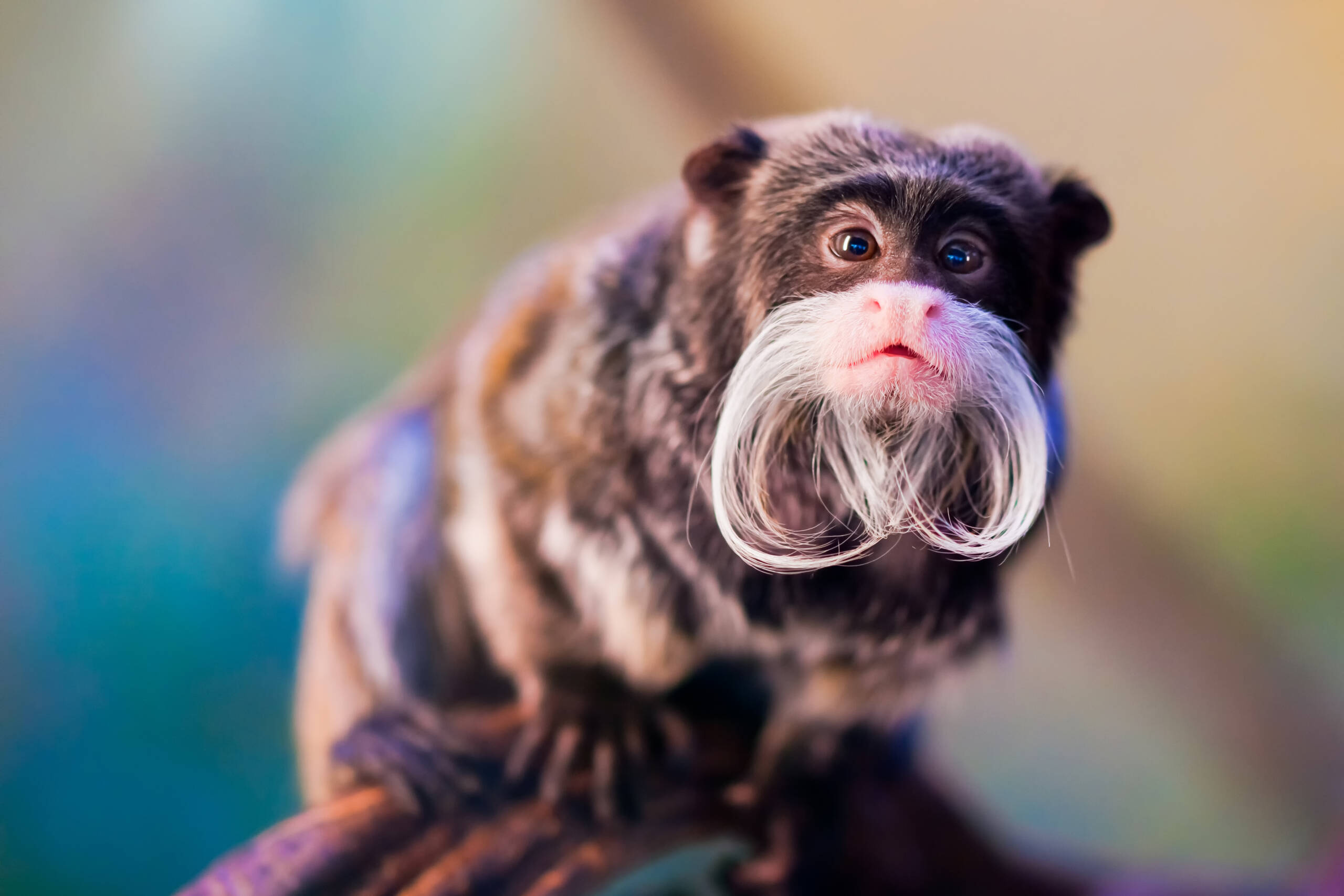

This year, he and colleagues confirmed it as a new species. Gosliner first spotted this sea slug, Hoplodoris rosans, decades ago. The hard part is the scientific work that comes next. “The easiest part is finding them,” Gosliner says of discovering new species. It’s taken even more time to determine that this creature - now named Hoplodoris rosans - is a truly new entry in the scientific books of life. By then, “it was like encountering an old friend that you hadn’t seen forever,” he says. “You just happen to have a chance encounter with it on a night dive,” he says. Plus, this particular sea slug was nocturnal. “It’s like if you walk into a room, and you know, almost immediately, if there’s a person in there who you haven’t met before,” he says.īut on that first encounter decades ago, Gosliner didn’t collect a specimen that would allow for DNA analysis, which is crucial for understanding if a presumed new species is actually new to science. As a sea slug expert, he knows immediately when he’s spotted one he hasn’t seen before. Terry Gosliner, a curator of invertebrate zoology at the California Academy of Sciences, added one species of sea slug he first saw on a dive in the Philippines 23 years ago. Instead, they were officially described in the scientific literature as unique species, some after decades of research. These species weren’t necessarily first spotted this year. This year, researchers at the California Academy of Sciences have described 213 new species in scientific journals: “101 ants, 22 crickets, 15 fishes, 11 geckos, 11 sea slugs, 11 flowering plants, eight beetles, eight fossil echinoderms, seven spiders, five snakes, two skinks, two aphids, two eels, one moss, one frog, one fossil amphibian, one seahorse, one fossil scallop, one sea biscuit, one fossil crinoid (or sea lily), and one coral,” the academy lists in a press release. And even though we’re living through an age of great biodiversity loss, the scope and breadth of life on planet Earth is still revealing itself to scientists around the world.


No one knows exactly how many types of life are yet undescribed in the scientific literature estimates range from around 86 percent to as high as 99.99 percent. It’s the year 2020, and scientists are still discovering new species of life on Earth.


 0 kommentar(er)
0 kommentar(er)
